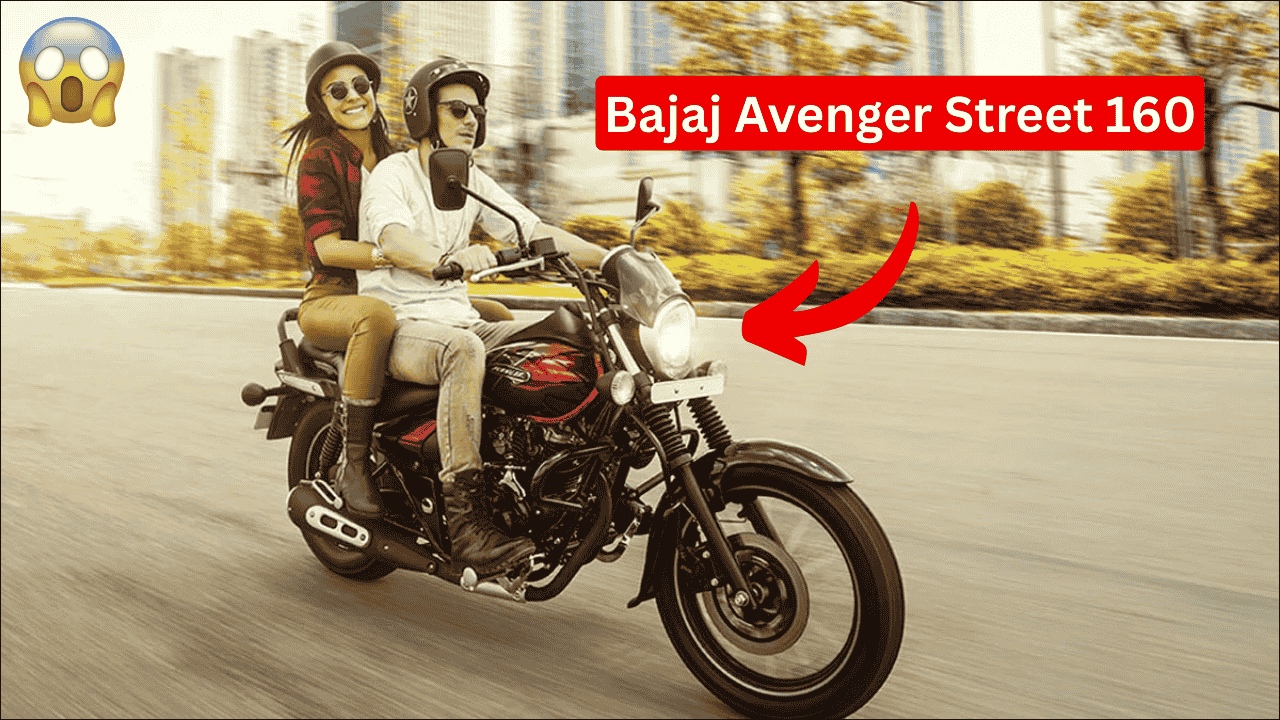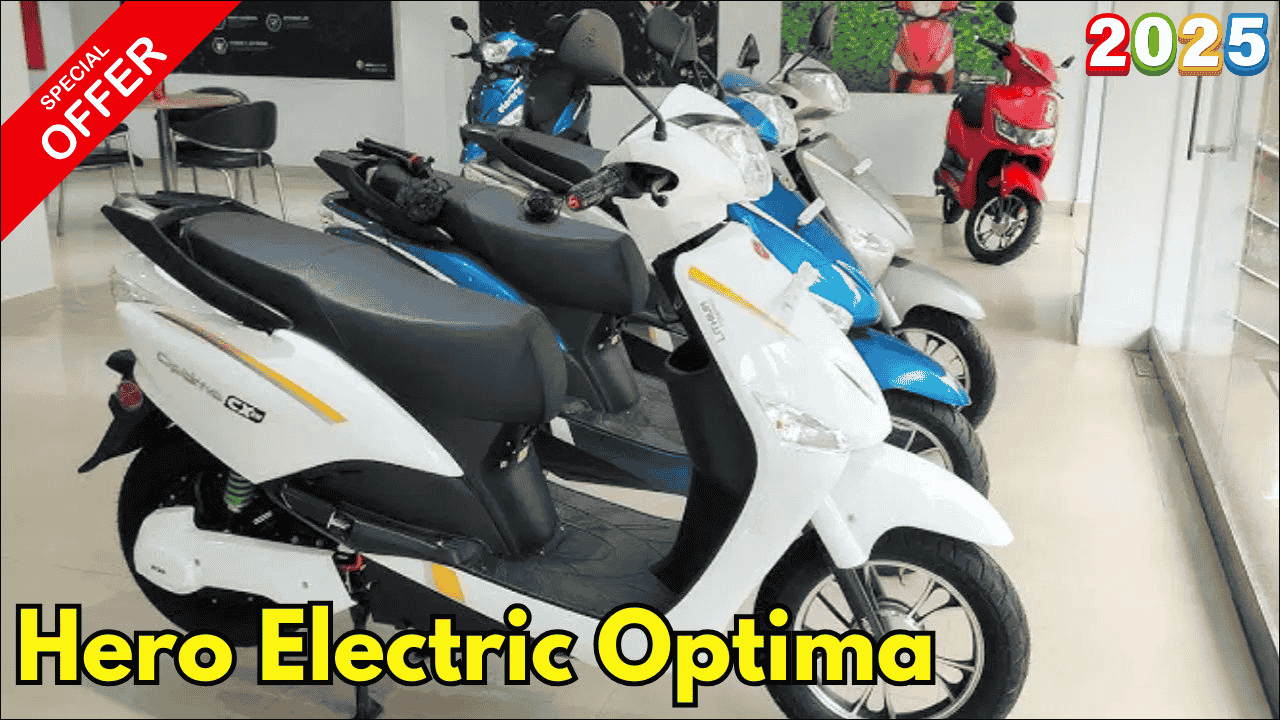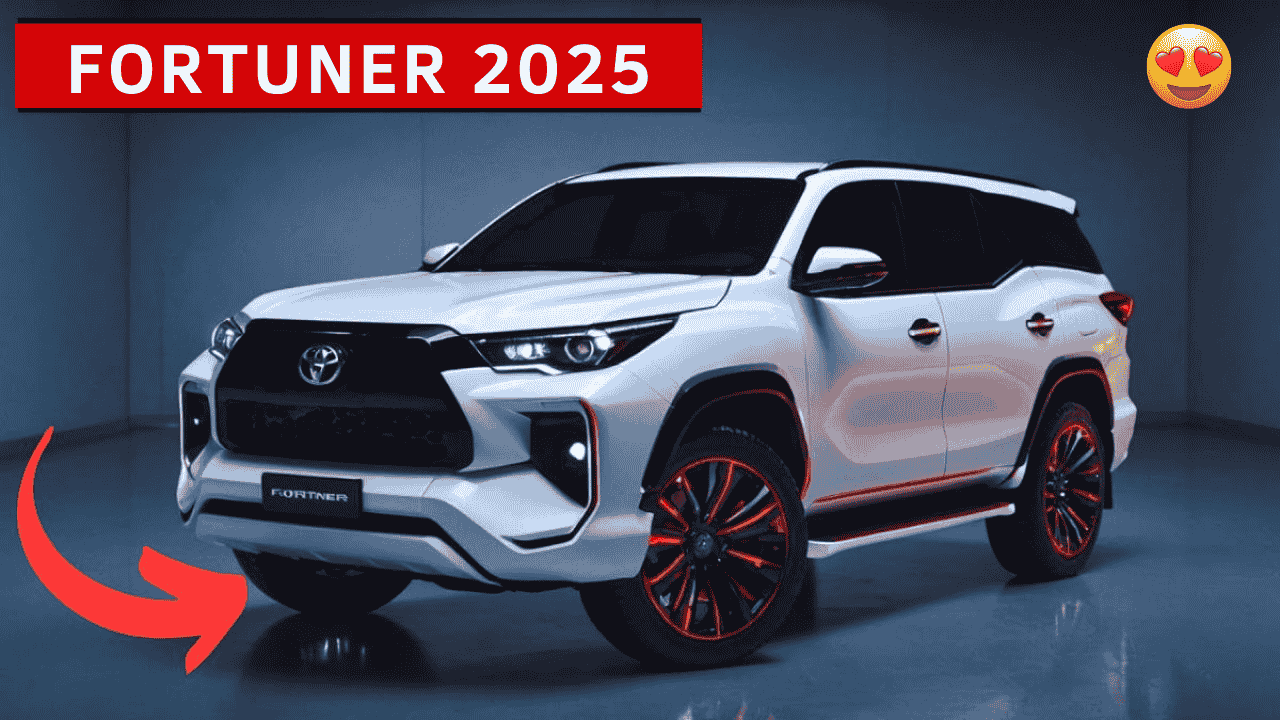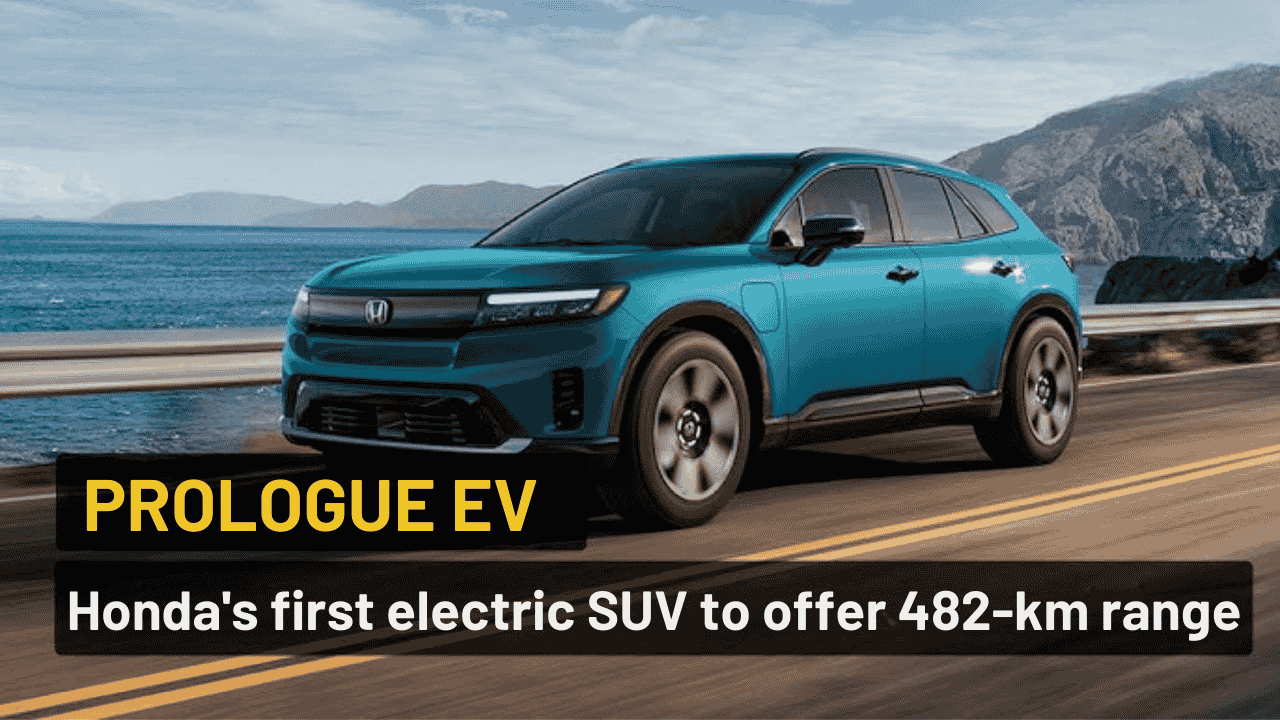
A vintage invoice from 1980 featuring a Royal Enfield motorcycle purchase has recently gained widespread attention on social media platforms. This historical document has sparked considerable interest among motorcycle enthusiasts by highlighting the dramatic price evolution of this storied brand over the past four decades, offering unique insights into Royal Enfield’s remarkable transformation from practical transportation to aspirational lifestyle product.
Table of Contents
The Price Tag That Captured Attention
According to the circulated invoice, acquiring a new Royal Enfield motorcycle in 1980 required between Rs. 6,000 and Rs. 8,000, varying by model specification. This historical pricing stands in stark contrast to the contemporary Royal Enfield lineup, which commands between Rs. 1.5 lakh and Rs. 3.5 lakh. Even when adjusted for inflation, this represents a substantial increase that reflects fundamental changes in the brand’s positioning and product offering.
The comparison becomes particularly meaningful when considering purchasing power context. While a Royal Enfield represented a significant investment for typical Indian households in 1980, it occupied a more accessible market position relative to average incomes than today’s models, which have ascended into the premium motorcycle segment.
A Century-Old Legacy
Established in 1901 in Redditch, United Kingdom, Royal Enfield ranks among the motorcycle industry’s oldest continuously operating manufacturers. The brand’s Indian story began in 1955 with assembly operations in Chennai (formerly Madras). By 1980, Royal Enfield had secured a formidable reputation in the Indian market based on durability and reliable performance.
The 1980s represented a pivotal chapter in Royal Enfield’s development. Following the 1970 cessation of UK operations, the Indian division maintained production, concentrating primarily on the Bullet model that had achieved legendary status for its characteristic sound and sturdy construction.
During this period, Royal Enfield motorcycles found favor among government departments, armed forces, and law enforcement due to their dependability and commanding presence. These motorcycles transcended simple transportation, embodying authority and prestige.
Strategic Brand Transformation
The substantial price difference between 1980 and present models illustrates Royal Enfield’s successful transition from utilitarian vehicle producer to premium lifestyle brand. During the 1980s, these motorcycles earned appreciation primarily for their practicality, longevity, and straightforward maintenance within Indian operating conditions.
Contemporary Royal Enfield motorcycles, while retaining these foundational attributes, now represent a heritage luxury brand that markets an experiential product rather than merely a functional vehicle. Today’s Royal Enfield customer invests not simply in transportation but in a lifestyle centered around leisure riding, exploration, and community participation. This deliberate repositioning strategy explains consumers’ willingness to invest significantly more in current models.
Royal Enfield’s Evolution: Comparative Analysis
| Characteristic | Royal Enfield circa 1980 | Royal Enfield in 2025 |
|---|---|---|
| Market Price | Rs. 6,000-8,000 | Rs. 1.5-3.5 lakh+ |
| Engine Design | Carburetor-fed, basic air-cooling | Electronic fuel injection, enhanced thermal management, emissions-compliant |
| Stopping Power | Drum brake systems | Disc brakes with anti-lock capability |
| Market Strategy | Practical transportation solution | Lifestyle and premium category |
| Target Demographic | Civil servants, practical users | Enthusiasts, experiential riders, urban professionals |
| Product Range | Predominantly Bullet variants | Expanded lineup (Classic, Meteor, Himalayan, Interceptor, etc.) |
| Brand Identity | Robust, functional, authoritative | Heritage, adventure, community, premium experience |
| Maintenance Schedule | Regular service interventions | Extended maintenance intervals with enhanced reliability |
| Riding Dynamics | Fundamental, utilitarian power characteristics | Sophisticated power delivery meeting contemporary standards |
| Investment Potential | Initially modest, now significant | Awaiting determination by future market trends |
Technical Advancement and Quality Evolution
It’s essential to recognize that modern Royal Enfield motorcycles offer technological sophistication vastly exceeding their 1980s predecessors. Current models incorporate fuel injection systems, disc braking with ABS, advanced suspension components, and refined powerplants meeting modern emission regulations.
The 1980s offerings, while possessing nostalgic charm, lacked numerous features modern riders consider fundamental. These earlier models were characterized by heavy control operation, maintenance requirements, and operational vibration—characteristics some enthusiasts found endearing but which would not satisfy contemporary performance and comfort expectations.
This technical evolution has substantially influenced pricing structures. The investment required for research, engineering development, and implementation of modern technologies necessarily affects the motorcycle’s retail cost.
The Investment Value of Vintage Models
Paradoxically, well-preserved Royal Enfield motorcycles from 1980 have experienced significant value appreciation. These vintage machines have attained collectible status, with properly maintained examples occasionally commanding market values equivalent to or surpassing their modern counterparts.
This appreciation demonstrates Royal Enfield’s successful cultivation of heritage value beyond utilitarian purpose. For many enthusiasts, possessing a vintage Royal Enfield represents a tangible connection to motorcycling heritage that contemporary machines cannot replicate.
Navigating Tradition and Innovation
As Royal Enfield expands its global footprint with contemporary offerings like the Meteor, Himalayan, and 650 Twin models, it confronts the challenge of balancing technological advancement with heritage preservation. The viral 1980s invoice serves as a milestone marker in the brand’s journey—reflecting evolution not merely in pricing but in comprehensive business strategy and market positioning.
The dramatic contrast between historical pricing and current market reality initially evokes surprise among motorcycle enthusiasts but simultaneously offers perspective on the transformation of one of motorcycling’s most enduring brands. Royal Enfield has effectively leveraged nostalgic appeal within its contemporary marketing approach, pursuing innovation while preserving the distinctive design elements and character that have defined the marque across generations.
For contemporary Royal Enfield owners, the premium pricing reflects more than motorcycle acquisition—it represents participation in a heritage spanning over a century, a value proposition transcending conventional economic analysis and connecting with the emotional associations that distinguish truly iconic brands.





